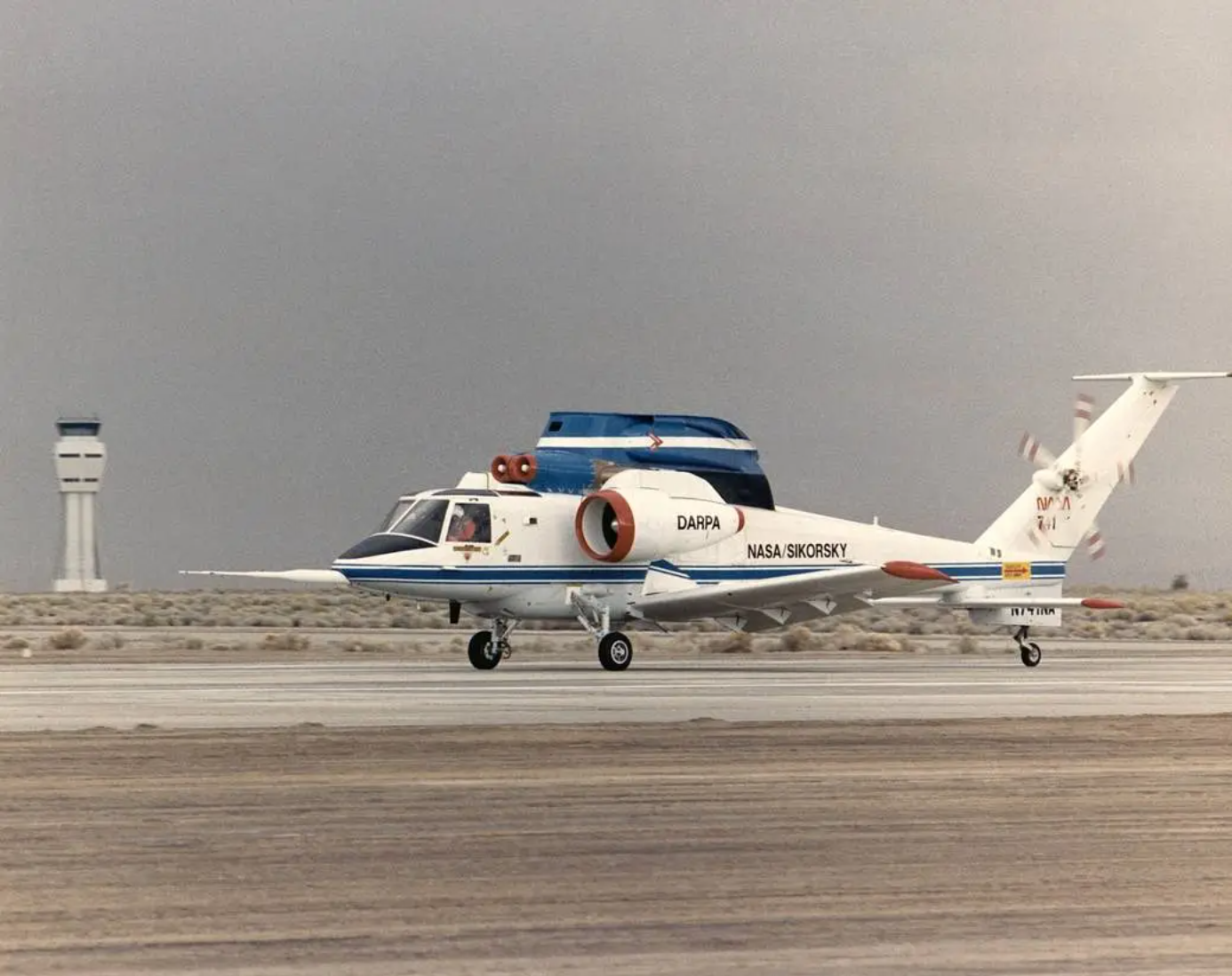X-Wing Aircraft

The term "X-wing" refers to two distinct concepts: a fictional spacecraft from the Star Wars universe and a real-world NASA research aircraft. The Star Wars X-wing is a fast, maneuverable, and heavily armed starfighter used by the Rebel Alliance, known for its distinctive "X" shape in attack formation. The NASA X-wing, also known as the Rotor Systems Research Aircraft (RSRA), was an experimental aircraft that explored the concept of a hybrid rotor/fixed-wing design.
Star Wars X-wing
Design: The T-65B X-wing, first introduced in Star Wars: Episode IV, is a single-seat craft with two "S-foils" (wings) that deploy in an "X" shape during combat, hence the name.
Function: X-wings are primarily used for space combat, dogfighting, and long-range missions.
History: The X-wing served as the backbone of the Rebel Alliance's starfighter corps during the Galactic Civil War and was later adopted by the New Republic Defense Fleet.
Variants: Several X-wing variants were developed, including the T-70 and T-85, each with improvements and modifications.
NASA X-wing (RSRA)
Purpose: The RSRA program, a joint effort between NASA, DARPA, and the U.S. Army, aimed to improve the speed, performance, reliability, and safety of rotor aircraft.
Concept: The X-wing was a hybrid aircraft designed to combine the vertical take-off and landing capabilities of a helicopter with the speed and range of a fixed-wing aircraft.
Development: The program began in the early 1970s and was developed and tested at NASA's Ames-Dryden Flight Research Facility. The vehicle was flown at high-speed taxi tests on Nov. 4, 1987, and earlier in 1984 as part of the RSRA configuration. Pilots included NASA's G. Warren Hall and Sikorsky's W. Faull and Patrick Morris.
Legacy: The X-wing project provided valuable research data and demonstrated the feasibility of hybrid rotor/fixed-wing designs, influencing the development of future advanced aerial systems.
